Trouble for Harris and Walz in Pennsylvania?
At this point, both campaigns know it’s all about the ground game. Trump’s outsourced operation is a mess. But is Harris’s “Biden infrastructure with Obama vibes” up to the task?
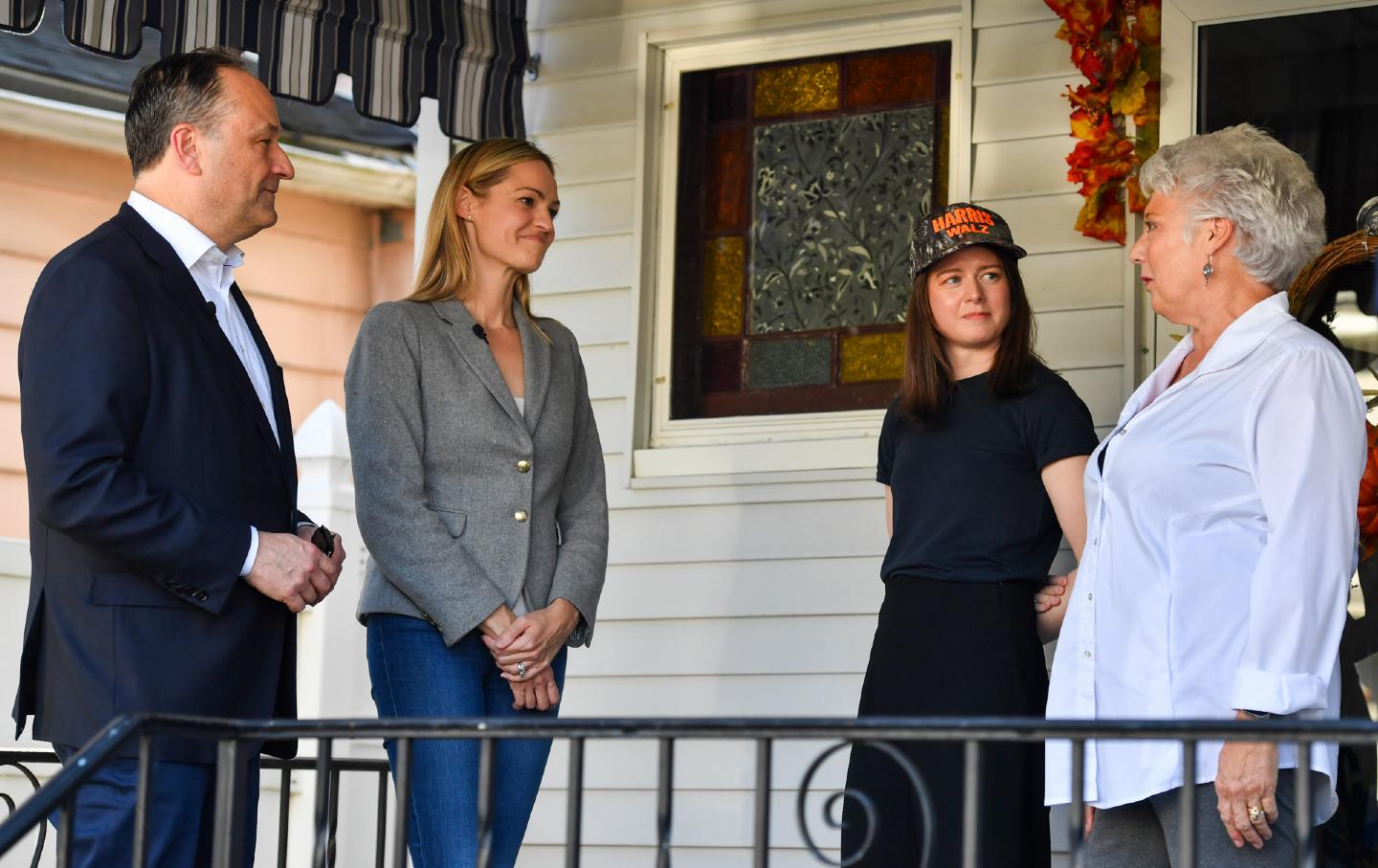
With less than two weeks until November 5, voters are already casting ballots in the critical swing state of Pennsylvania. Almost a million had voted as of Monday, October 21, according to the University of Florida’s Election Lab. Last weekend, thousands of volunteers from across the Northeast streamed into the state to knock on doors. But will this gigantic last-minute effort be enough to lift the Harris-Walz ticket to victory?
If you ask the professionals at the top of the pyramidic structure that makes up the official Democratic push in PA—or poll the equally important coalition of outside groups focused on getting out the vote—you will get nothing but sunshine. “Our campaign is running the largest and most sophisticated operation in Pennsylvania history,” Harris national campaign manager Julie Chavez Rodriguez told Politico last week. She noted that they have 50 coordinated offices and nearly 400 staff on the ground and had been buying advertising aimed at Black and Latino voters for over a year already. “We have now spent more than any previous presidential campaign on outreach to these communities,” she claimed, adding, “We are leaving no stone unturned.”
“Our coalition is running a powerhouse field operation,” Ravi Mangla, the national press secretary of the Working Families Party, said to me Friday. Data he shared showed that between the WFP, One PA, SEIU, Make the Road Action, Unite Here, Asian Pacific Islanders of Pennsylvania, Free the Ballot/Straight Ahead, and PA United, paid and volunteer canvassers had already knocked on 3,173,000 doors. Their goal is to reach another million by election day with a focus on so-called low-propensity voters—the people who don’t reliably vote in every election, but who are critical this year. Other groups, like Pennsylvania Stands Up, Sister District, and Field Team 6 were doing similar work in the purple suburbs north and west of Philadelphia and around Pittsburgh. Rest assured, the right voters were being reached with the right messages, I was told.
Well, maybe. It’s impossible to fact-check global statements about either the quantity or quality of political organizing being done in a state as big as Pennsylvania in just a few days. So what follows are some cautionary notes based on my years of close observation of (and occasional participation in) Democratic and progressive campaigning. And I see three clouds hanging over Harris’s Pennsylvania prospects—plus one silver lining.
First, the Harris campaign is actually just the Biden campaign infrastructure with a different (and better) candidate. But that infrastructure was not built to scale a mass mobilization campaign. Prior to Biden’s dropping out, his field operation was handling a trickle of volunteers. Now it has struggled to manage the flood unleashed by Harris. Many pop-up entities flowered after Biden bowed out, starting with Win With Black Women and spreading to dozens of similar “Xers for Harris” groups who attracted hundreds of thousands of participants to mass Zoom meetings in early August. But leaders of those groups tell me they have had little success figuring out how to best funnel the people they’ve attracted into the Harris campaign machinery.
Of course, no one has ever built a full-blown presidential campaign in such a short time. By necessity, the Harris campaign is partially relying on the Democratic National Committee’s organizing infrastructure. But that means it has also inherited the DNC approach, which is very top-down and media-centric. Sri Kulkarni is a former Texas congressional candidate who was an early developer of the concept of relational organizing, where voters are encouraged to match their contact lists against the Democratic voter file and then try to personally engage with voters they actually know. This is called “friendbanking.” He is now working triple time to help scale up the Democratic Congressional Campaign Committee’s relational effort to help candidates across the country, including in Pennsylvania.
Kulkarni tells me that more than 50,000 people have signed up for the DNC’s relational campaign, which, like the DCCC, uses the Reach app to help people activate their personal networks. Among those are at least 7,000 in Pennsylvania, he says. But so far the Harris campaign is primarily using the DNC’s Reach tool to prompt its users to share social media content, rather than to actually friendbank. This seems unwise. In theory, when Democrats hit the final weekend before Election Day and everyone is scrambling to move voters who still haven’t cast their ballots, a robust friendbanking operation could give campaigners access to a list of activists who actually know these missing potential voters. Each of those 7,000 Pennsylvanians on Reach could also potentially activate another voter or two on their own. Such a strategy worked for Jon Ossoff in the special runoff election in Georgia in 2020—helping his Senate campaign identify 40,000 people who had actually skipped the general election. While many independent groups are trying relational organizing this year, including the WFP in Pennsylvania, where it has roughly 20,000 supporters on Reach, it appears it has yet to be adopted by the top of the Democratic hierarchy.
A second problem is more political. If the Pennsylvania Harris campaign has indeed turned over every stone in its pursuit of victory, that is news to state Representative Chris Rabb, who has represented North Philly’s vote-rich, 75 percent Black, 200th legislative district in the state House of Representatives for the last eight years. Every cycle, his district has had the highest turnout of any in the state, but so far, he tells me, the Harris campaign has made no asks of him. None. For the spring primary, he had built a squad of youth organizers, all paid $21 an hour, to talk and listen to voters in his district. But a proposal that he sent the Harris campaign over the summer to build a similar team went nowhere.
Speaking to Nomiki Konst of The Hill’s Youtube show over the weekend, Rabb said he remained optimistic that Harris would win the state. But he was also frustrated. “Harris is using a Biden infrastructure with Obama vibes,” Rabb observes. “And that’s a little nerve-wracking, because the Biden infrastructure…does not involve the hard-core grassroots organizing that was emblematic of the Obama ascendancy.” Rabb is also critical of how much the Harris team is relying on outsiders and celebrity surrogates rather than locals to reach voters like his constituents. “That’s the challenge that I have with the infrastructure that Kamala Harris inherited from the Biden team. When you are sitting on half a billion dollars of campaign funds, I gotta ask, why aren’t you making investments [in local organizers]?… The most meaningful thing you can do is invest in those communities.” I’ve heard similar stories from organizers in purple Bucks County, who say that the Harris campaign, which is staffed by outsiders, isn’t interested in collaborating with local or state races, preferring instead to organize the many out-of-state volunteers flocking in by bus each weekend to canvass.
Rabb’s reference to Obama’s ascendancy in 2008 illustrates my third concern. In 2008, the Obama campaign built a massive, distributed army of grassroots volunteers who were empowered to take responsibility for precinct-level organizing and who were taught to organize local volunteers to talk to their own neighbors. Unfortunately, since the rise of “big data,” a much more technocratic style of campaigning has taken hold across much of the Democratic ecosystem. Field operations are tracked based on how many doors are knocked and how many voters are marked as “5s” or strong supporters, with quantity and speed valued much more than quality. Far more emphasis is put on targeted advertising than people-to-people outreach.
Kipchoge Spencer is a veteran organizer who has spent the past week on the ground in Philadelphia and its suburbs, doing a mix of traditional and deep canvassing, which emphasizes taking the time to build empathetic connections with voters at the doors by sharing personal stories. “Almost everyone I speak to in Philly, whether on the street or at the door on a walk list, immediately says that they’re registered and voting,” he told me on Monday. “In conventional canvassing, at this point you basically do some variation on making sure they have a way to the polls and thanking them. In deep canvassing, you engage them in storytelling anyway and very often find out that they hadn’t been as committed to actually voting as originally expressed but have become substantially more so over the course of the connection.”
Why aren’t all the door-knockers in Pennsylvania using the deep canvassing technique? Because it takes time to train volunteers and let them gain enough experience to do it well, and big Democratic donors believe it costs too much. (The WFP does have a small “election captain” program that it is trying out in Philadelphia in the hopes of building a stronger case for the method, and Changing the Conversation for Progress and Canvassing Connectors are two independent groups with excellent deep canvassing programs in Philly and Easton.) So those millions of voters being door-knocked, phoned, and texted right now? They’re nowhere near as locked down as the numbers might suggest.
Popular
“swipe left below to view more authors”Swipe →But there is a silver lining. By all accounts, the Trump-Vance get-out-the-vote operation, which has been largely outsourced to independent groups, is a complete mess. Paid canvassers in other swing states hired by Trump allies have been caught spoofing their canvassing software; one was caught sitting in a diner tapping “not home” on all his assigned contacts. The fake door-knock rate has been as high as 30 percent, The Guardian reported. In Pennsylvania, tech oligarch Elon Musk is getting attention for offering million-dollar prizes to registered voters who sign his petition in support of the First and Second Amendments, but the move reeks of desperation.
The worst cliché about election reporting is that it all comes down to turnout. In Pennsylvania, like the other swing states, this is where field organizing pays off. So, if you can, go knock on some doors before November 5—or friendbank if you can’t. Even one vote can make a difference.
Support independent journalism that exposes oligarchs and profiteers
Donald Trump’s cruel and chaotic second term is just getting started. In his first month back in office, Trump and his lackey Elon Musk (or is it the other way around?) have proven that nothing is safe from sacrifice at the altar of unchecked power and riches.
Only robust independent journalism can cut through the noise and offer clear-eyed reporting and analysis based on principle and conscience. That’s what The Nation has done for 160 years and that’s what we’re doing now.
Our independent journalism doesn’t allow injustice to go unnoticed or unchallenged—nor will we abandon hope for a better world. Our writers, editors, and fact-checkers are working relentlessly to keep you informed and empowered when so much of the media fails to do so out of credulity, fear, or fealty.
The Nation has seen unprecedented times before. We draw strength and guidance from our history of principled progressive journalism in times of crisis, and we are committed to continuing this legacy today.
We’re aiming to raise $25,000 during our Spring Fundraising Campaign to ensure that we have the resources to expose the oligarchs and profiteers attempting to loot our republic. Stand for bold independent journalism and donate to support The Nation today.
Onward,
Katrina vanden Heuvel
Editorial Director and Publisher, The Nation
More from Micah L. Sifry
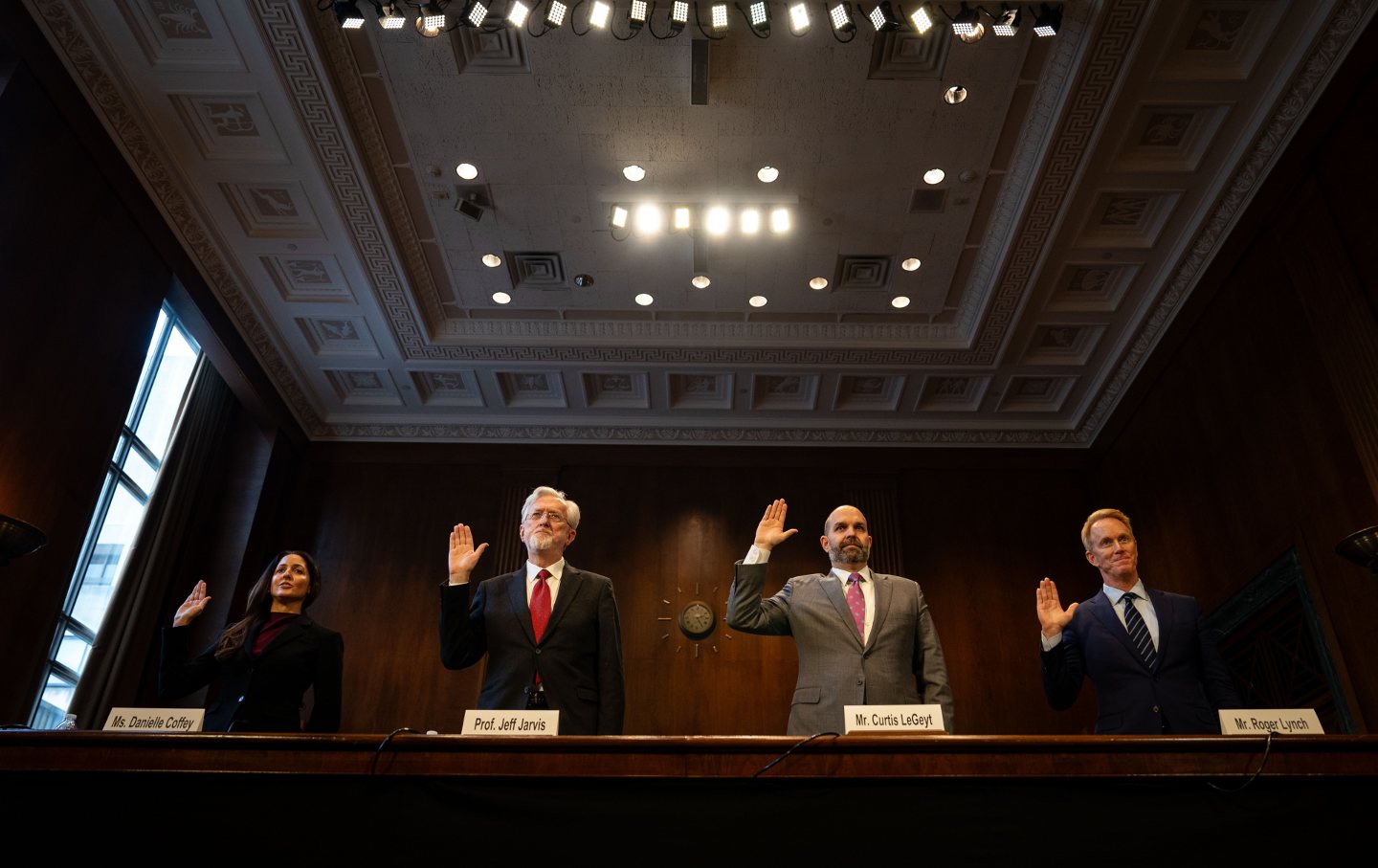
How AI Is Transforming the Way Political Campaigns Work How AI Is Transforming the Way Political Campaigns Work
The future is arriving—and we’d better watch out.
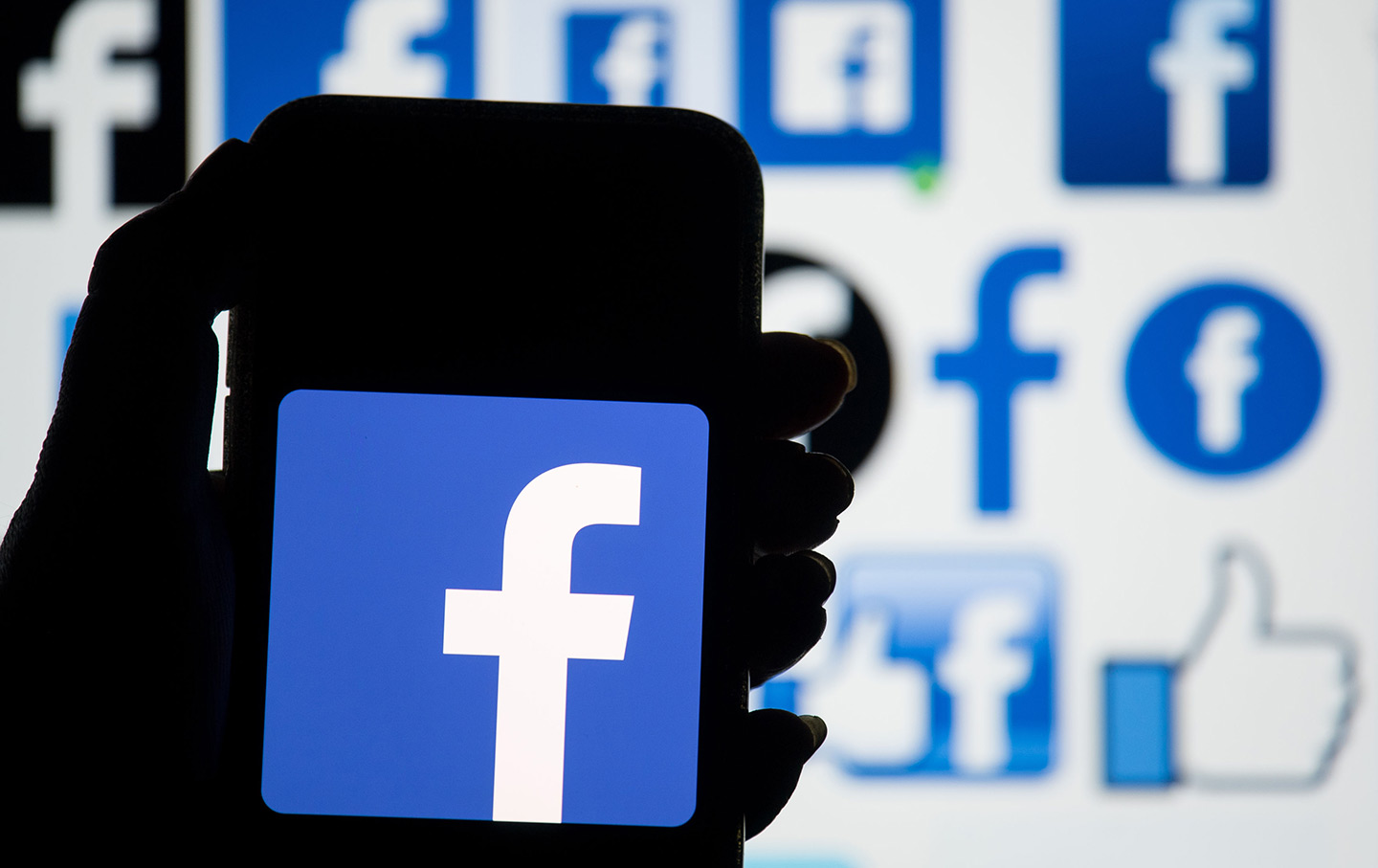
What Netflix’s ‘Great Hack’ Gets Wrong About Cambridge Analytica What Netflix’s ‘Great Hack’ Gets Wrong About Cambridge Analytica
The British consulting firm didn’t steal the 2016 election, and it couldn’t have if it tried.
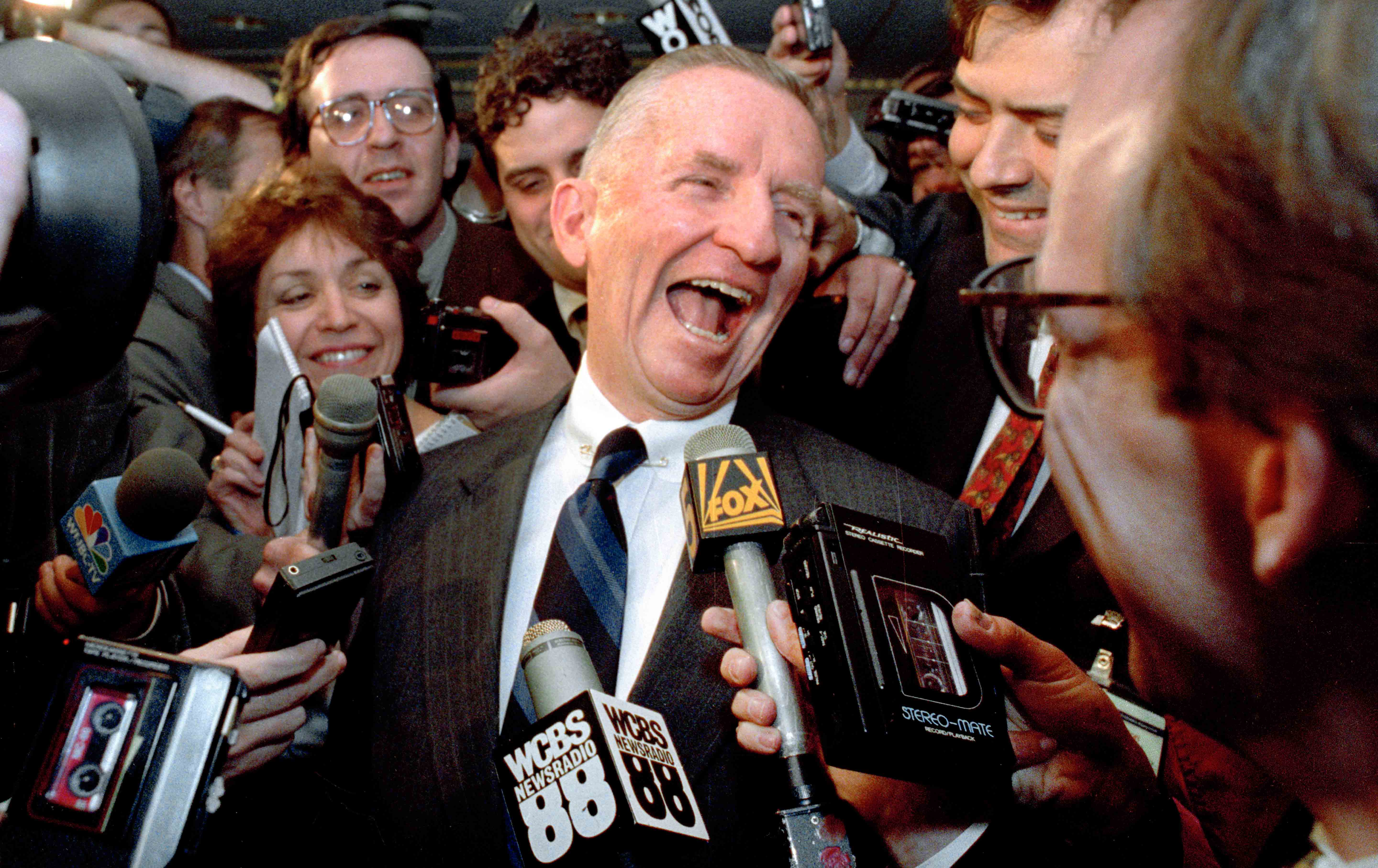
Before Donald Trump, There Was Ross Perot Before Donald Trump, There Was Ross Perot
Perot was a “welfare billionaire” who grew rich off Medicare and Medicaid contracts—and turned the deficit into a national fetish.
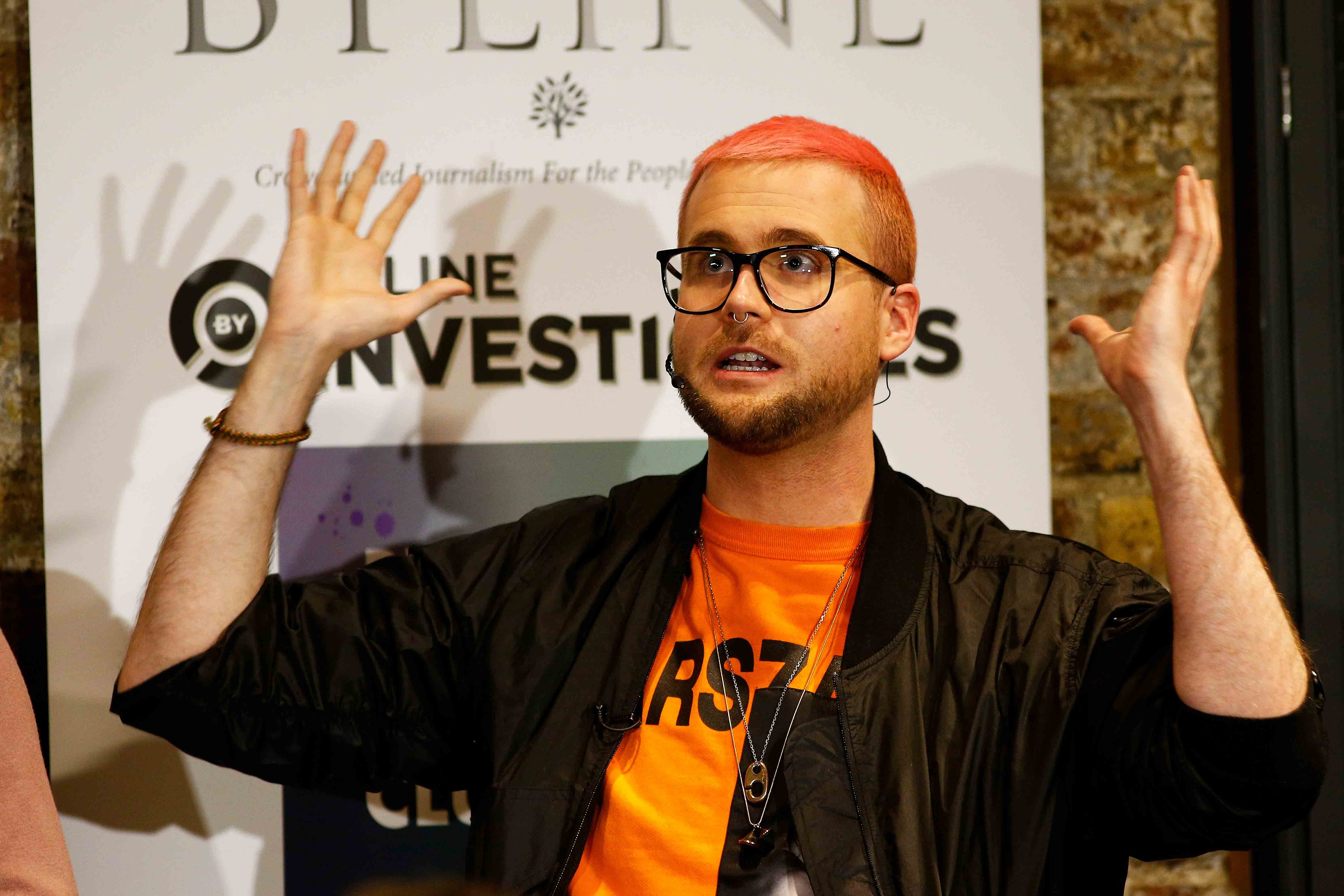
Power Needs to Be Restored to Internet Users Power Needs to Be Restored to Internet Users
The problem is bigger than Facebook.
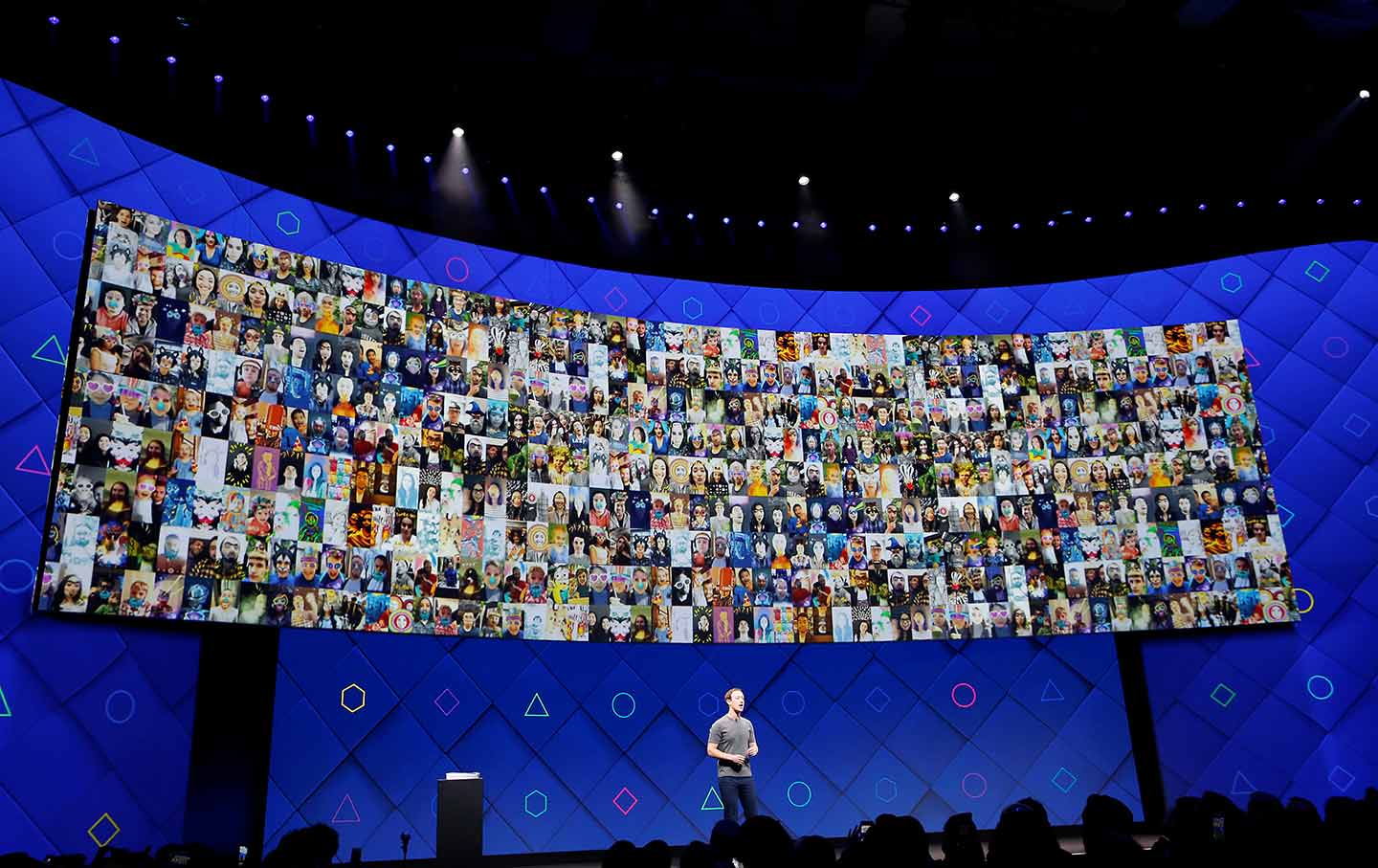
In Facebook We Antitrust In Facebook We Antitrust
The social-media giant’s reach and power are unprecedented.

Steve Bannon Wants To Start World War III Steve Bannon Wants To Start World War III
His 2009 film, Generation Zero, shows a hellishly bleak vision of our past, present, and future, driven by a magical belief in historical determinism.


